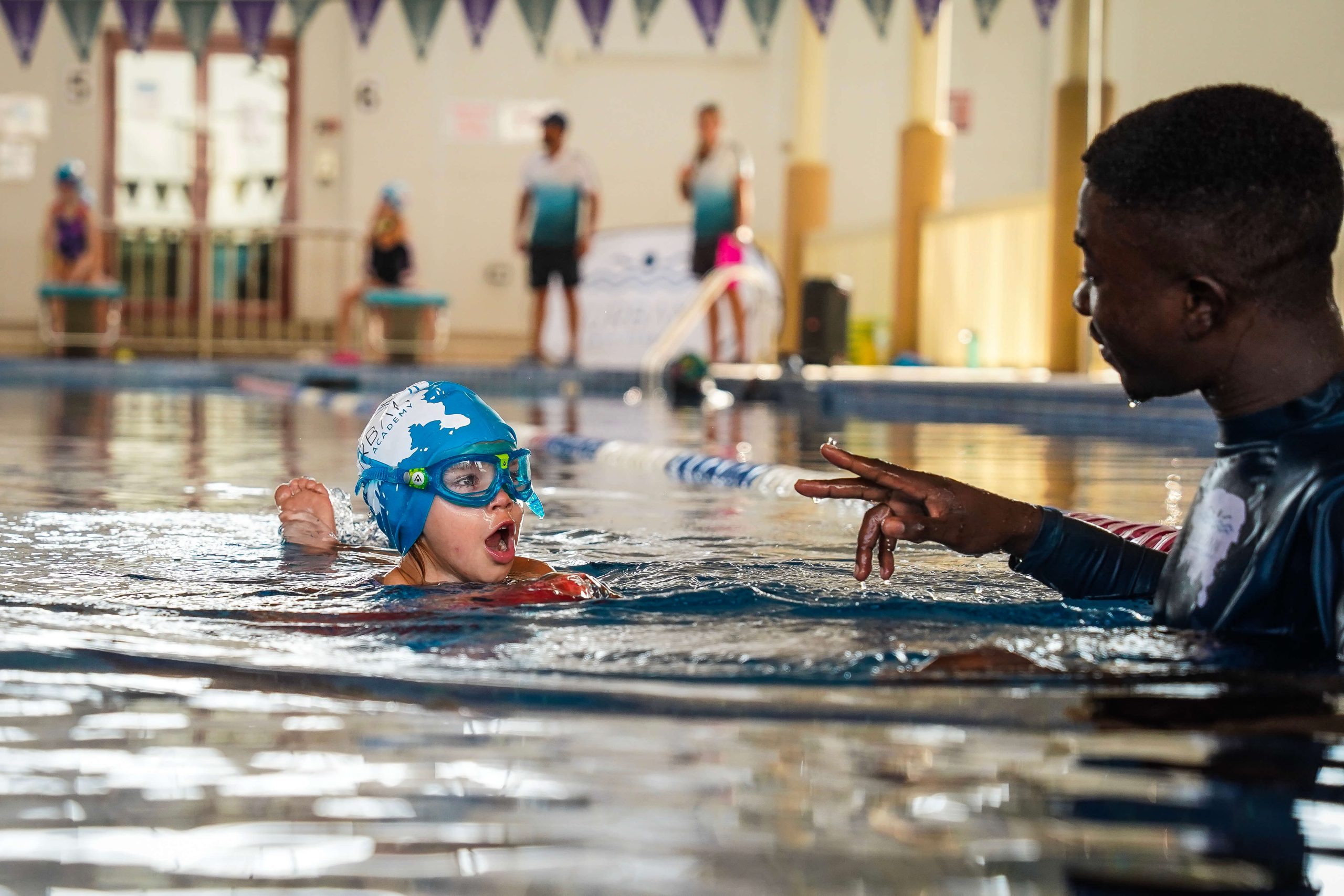Ensuring Safety in Every Aquatic Environment

Water safety is crucial, whether you’re swimming in a pool, lake, or the ocean. Understanding and practicing water safety can prevent accidents, save lives, and ensure everyone enjoys their time in the water safely. Here are essential water safety tips for individuals of all ages and skill levels:
1. Learn How to Swim
The most important step in water safety is knowing how to swim.
- Take swimming lessons: Whether you’re a beginner or an experienced swimmer, enrolling in swimming lessons can help improve your skills and confidence.
- Know your limits: Always swim within your ability. If you’re unsure of your skills, stay in shallow water and gradually build your confidence.
2. Always Supervise Children
Children are especially vulnerable around water. Active supervision is vital to prevent accidents.
- Never leave children unattended: Always have an adult present when children are near water, even if they know how to swim.
- Use life jackets: For young children or weak swimmers, ensure they wear U.S. Coast Guard-approved life jackets, especially in open water.
- Establish water safety rules: Teach children the importance of swimming safely and avoiding risky behavior around water, such as running or diving in shallow areas.
3. Understand the Risks of Open Water
Swimming in natural bodies of water (rivers, lakes, oceans) presents unique risks.
- Be aware of currents: In oceans and rivers, currents can be strong and dangerous. Always swim in designated areas with lifeguards present.
- Check for warnings: Pay attention to weather reports, tide schedules, and posted warnings about water conditions.
- Swim with a buddy: Never swim alone, especially in open water, to ensure help is available in case of an emergency.
4. Use Proper Safety Gear
Using the right equipment can enhance safety in and around the water.
- Wear a life jacket: If you’re boating, kayaking, or doing any water sport, always wear a life jacket that fits properly.
- Use pool safety equipment: In pools, ensure safety equipment like life rings, first-aid kits, and rescue poles are easily accessible.
- Wear sunscreen: Protect your skin from harmful UV rays by applying sunscreen with a high SPF regularly.
5. Know How to Float
One of the most valuable water safety skills is the ability to float.
- Practice floating on your back: Learning how to float can help you conserve energy and stay safe if you tire out while swimming.
- Stay calm: If you get into trouble in the water, stay calm. Floating on your back and taking deep breaths can help you regain control.
6. Never Dive into Unknown Water
Diving can be fun, but it can also be dangerous if you’re unaware of what’s below the surface.
- Check water depth: Before diving, make sure the water is deep enough (at least 9 feet) and clear of obstacles.
- Dive feet-first: When in doubt, always dive feet-first to avoid head or neck injuries.
7. Understand Pool Safety
Pools require special attention to ensure safe swimming environments.
- Check pool depth: Always be aware of how deep the pool is, especially when diving or swimming with children.
- Use pool covers and gates: Ensure your pool is secured with a cover and/or gate to prevent young children from accessing it unsupervised.
- Keep the pool clean: Ensure the pool is clean and well-maintained. Regular checks for chlorine levels and pool cleanliness can reduce the risk of illness.
8. Stay Hydrated and Take Breaks
Swimming can be physically demanding, and it’s important to stay hydrated.
- Drink water regularly: Even though you’re surrounded by water, it’s essential to drink plenty of fluids to stay hydrated.
- Take breaks: Avoid exhaustion by taking breaks when needed. If you’re swimming for long periods, rest in the shallow end or on the poolside to recharge.
9. Be Aware of Weather Conditions
Weather can greatly affect water conditions and your safety.
- Avoid swimming in storms: Always stay out of the water during thunderstorms, as lightning can strike water and pose a deadly risk.
- Check the weather: Before heading to open water, check the forecast for storms, heavy winds, or temperature changes that could make swimming hazardous.
10. Learn CPR and First Aid
In case of emergencies, knowing how to respond can save lives.
- Take CPR and first aid courses: Learn CPR and basic first aid so you can assist someone in need while waiting for professional help.
- Recognize signs of distress: Be aware of the signs of drowning and respond immediately by getting the person out of the water and administering CPR if necessary.
Conclusion
Water safety is everyone’s responsibility. Whether you’re enjoying a swim in a pool or exploring the ocean, always prioritize safety to prevent accidents and ensure a fun experience for all. At Urban Training Centre, we offer certified first aid and water safety courses that equip you with the skills needed to stay safe around water.
Stay safe, swim smart, and always be prepared.
